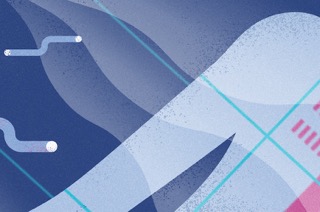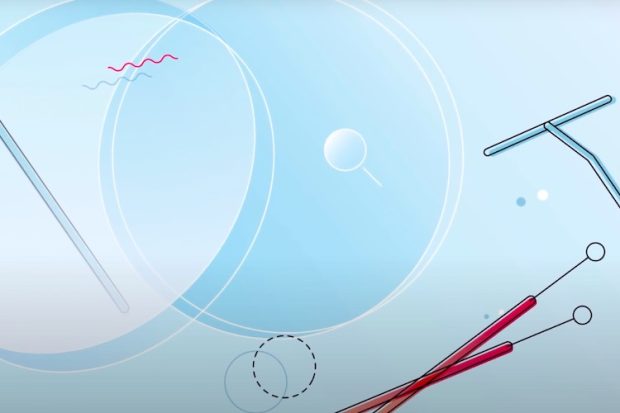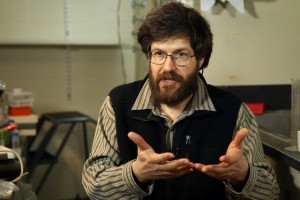Single-Particle Electron Microscopy
Richard Henderson on the advantages of cryomicroscopy, factors limiting new discoveries, and the history of mo...

On July 10, 2015, the PLOS Genetics published a paper titled “Common Cell Shape Evolution of Two Nasopharyngeal Pathogens” about bacteria that can change their form to adapt to the human microbiome. We have asked one of the authors of this research, Frédéric J. Veyrier from National Institute of Scientific Research in Quebec, to comment on this work.
Two bacterial pathogens changed their very own cell shape as they adapted to the nasopharynx microbiome. Neisseria meningitidis and Moraxella catarrhalis were shown to be using the same evolutionary mechanism during their adaptation to this new environment: by switching from a rod to a coccus shape. These species reside in the nasopharynx but can sometimes cause systemic infections such as septicemia and meningitis.
Two genetic events were correlated to this change of shape, the loss of the yacF gene first, then the loss of the elongation machinery. These mutations in bacteria’s DNA also resulted in a modifications in the peptidoglycan chemical composition, with an increase of pentapeptides over tetrapeptides ratio. Peptidoglycan can be described as the bricks of the cell wall, and as one could imagine the type of brick you use to build your wall will impact its final structure. The same peptidoglycan modifications have recently been showed to alter the recognition by the immune system, and this is exactly what could be happening here.

Taken together, the evolutionary advantages of this shape shift have yet to be fully explained, but authors suggest that they may have been needed to allow permissive interactions with the immune system, which does not target all bacteria as many of them are non-pathogenic and/or beneficial for human. In other words it could be a strategy to disguise in commensal bacteria.
In fact, N. meningitidis is not always a harmful strain as it is found in approximately 10% of human without being pathogenic. Other leads are the reduction of cell surface to limit exposure to the immune system and the redistribution of cell appendages such as pili to improve cell motility required for colonization.
This research focused on N. meningitidis and M. catarrhalis, but the fact that the same evolutionary mechanism exists in two distinct bacteria strongly suggests that it could be a general evolutionary process found in several bacteria invading human nasopharyngeal microbiome.
We were studying another peptidoglycan modification present in N. meningitidis and other pathogens: the O-acetylation (Veyrier et al. 2011). During a screen for the presence/absence of this modification in the Neisseriaceae family, we realized something completely unrelated to the study. The more Neisseria species were close to N. meningitidis and the more their peptidoglycan were enriched in pentapeptides. Finally, we understood that this was just the tip of this iceberg and that this change was linked to a bigger evolutionary event of which we still do not understand all consequences.
Our present work aims to understand the specific reasons of these modifications. We are also trying to determine whether the changes in peptidoglycan affect the interactions with other bacteria, particularly if it plays a role of protection against their attacks. Being fit to survive the immune system is one side of the equation, but to thrive against other bacteria in a competitive environment is another major aspect of the story, one which remains to this day largely understudied.
Finally, we are also studying other aspect of bacterial evolution using different model such as Mycobacterium tuberculosis or Helicobacter pylori and the tools that are required to establish permissive interaction with a host.

Richard Henderson on the advantages of cryomicroscopy, factors limiting new discoveries, and the history of mo...

Biologist Konstantin Khrapko on genes that regulate the aging program, genome of a nematode, and the effect of...

MIT Assistant Prof. Thomas Heldt on new ways to monitor patient health, how patients and clinicians can benefi...